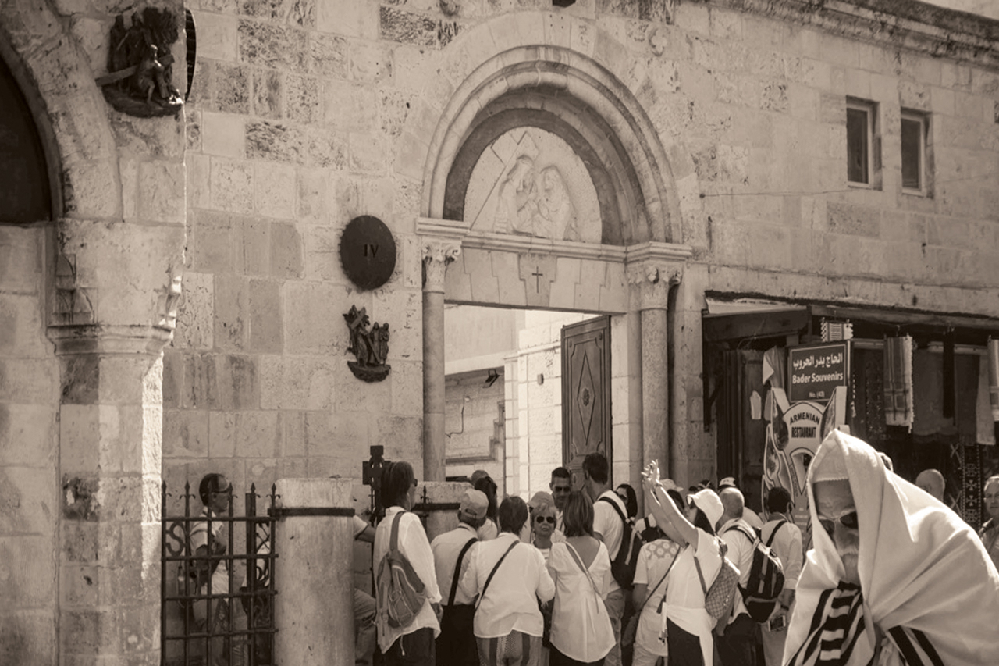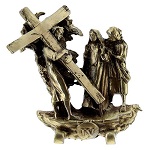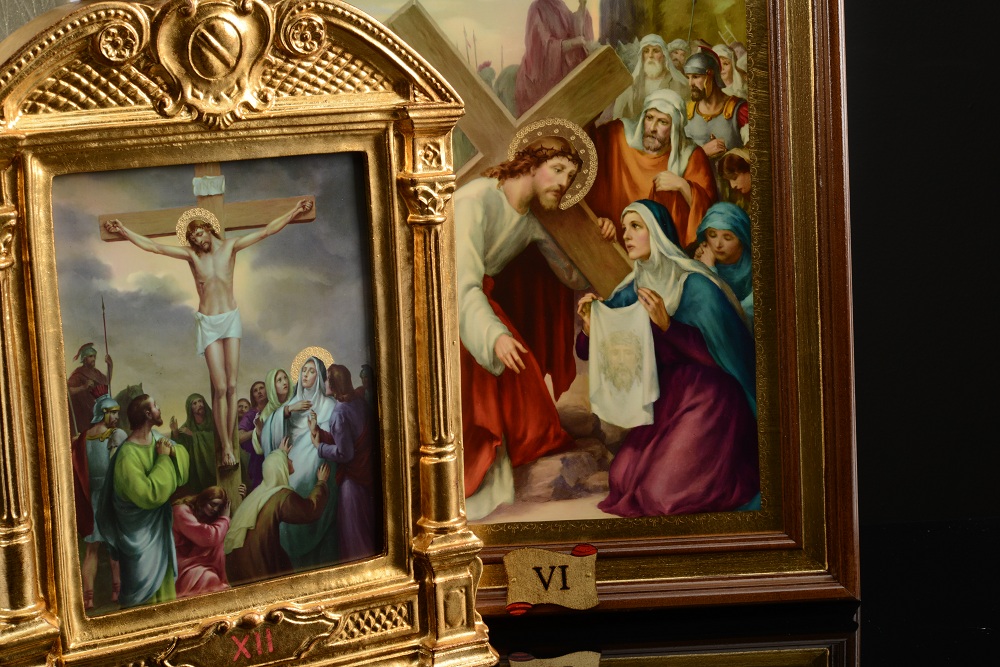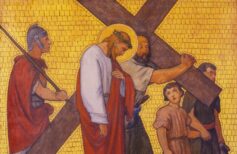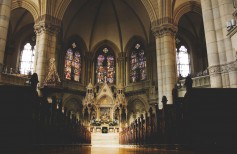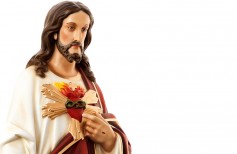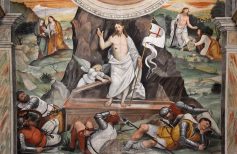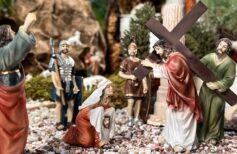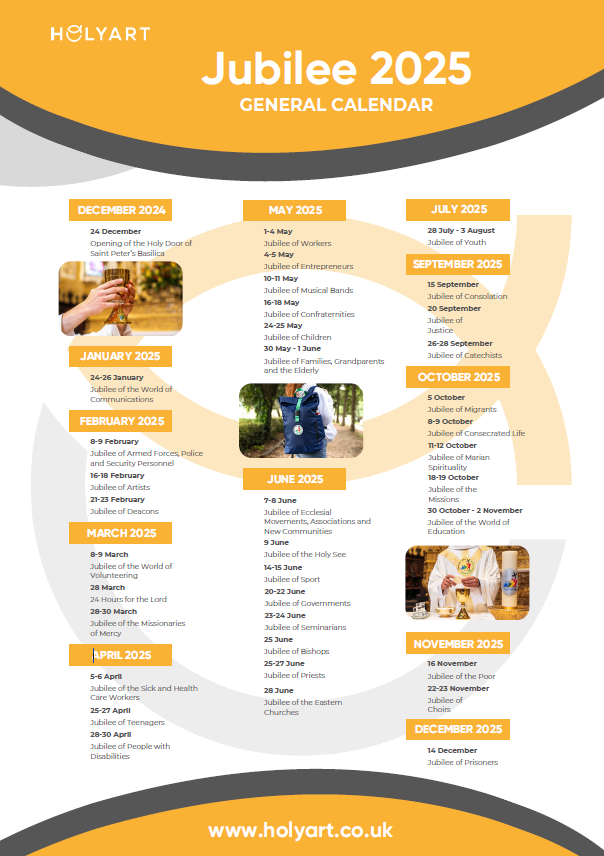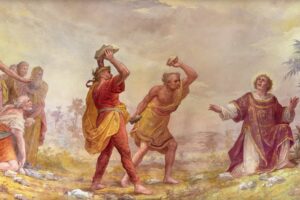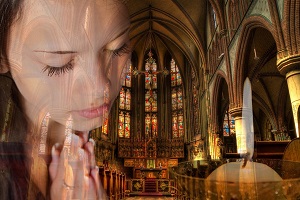The Via Dolorosa in Jerusalem retraces the stages of the Passion of Jesus up to Calvary. Today it hosts a unique art installation
Contents
From 6 October 2019, Christians who go on pilgrimage to Jerusalem can admire a truly surprising artistic installation. Along the Via Dolorosa, which follows the route taken by Jesus to the site of his Crucifixion, 14 bronze sculptures representing His Passion and death have been placed. These bronze tiles are placed at each station of the Via Crucis and received the applause of Pope Francis, who blessed them on 21 September 2019 in the Clementine Hall at the Vatican, and were unveiled after a solemn mass celebrated in the Basilica of San Savior in Jerusalem on October 6, 2019.
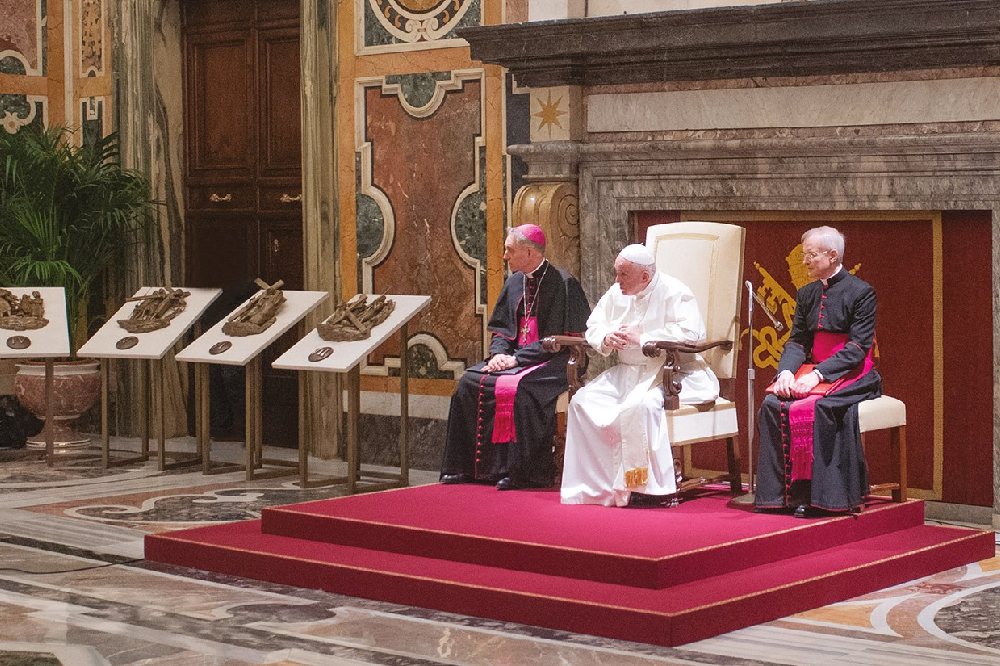
This work is particularly close to our hearts because an Italian heart beats in the bronze that animates these splendid works of art. In fact, the tiles were created by the artistic foundry Bmn Arte of Verona and designed by the sculptor Alessandro Mutto. It fills us with pride to think that the millions of pilgrims who go to Jerusalem to follow the Via Dolorosa retracing the Via Crucis of Jesus can gather in prayer in front of these symbols of faith, but also of Italian artistic excellence. The idea behind creating it came from the founders of Bmn Arte. The Veronese foundry had already created the Door of Peace in 2003, a bronze portal located along the path that leads from the Basilica of Santa Caterina to the Basilica of the Nativity in Bethlehem, and which depicts episodes of the birth of Jesus.
The Via Dolorosa: The True Way of the Cross
This unique street, one of the sacred places for Christianity, is located within the walls of ancient Jerusalem. Let us remember that the execution of Jesus, like all death sentences, took place outside the city walls. Starting from the Church of the Flagellation, adjacent to the esplanade that once housed the Temple of Jerusalem and today is known as the Esplanade of the mosques, continue for about a kilometre, uphill, to reach the Basilica of the Holy Sepulchre, built where once there was the Calvary and later the tomb of Jesus.

The Basilica of the Holy Sepulchre in Jerusalem
A spiritual landmark for Christians worldwide, regardless of their denomination.
Pilgrims make this route, stopping to pray along the stages of the Via Crucis, now highlighted by bronze panels by Alessandro Mutto. The Way of the Cross has been since ancient times a way to bring man closer to God, To allow Christians who lived even very far from Jerusalem and could not undertake a pilgrimage to the Holy Land to retrace the terrible events of the Passion and history of salvation, almost tangibly. All the more so for those who travel along the Via Dolorosa, which was truly the scene of the last moments of life and saw the Passion of Jesus Christ.
The blessing of Pope Francis
The panels received the blessing of Pope Francis, in the presence of a representative of the Custody of the Holy Land, the order of Friars Minor from all over the world who have promoted the initiative, and that comes from the Overseas Province of the Franciscan order established by Saint Francis in the Chapter of Pentecost of 1217. By the will of the Franciscan Fathers nine of the panels, precisely from I to IX, were hung on the wall of the Via Dolorosa, while the other five were placed in the Chapel of the Custody of the Holy Land inside the Holy Sepulchre.
The Passion of Christ Panels
Most churches and places of worship host a Via Crucis, arranged according to precise geometric and symmetrical canons codified over the centuries. The number of stations varies, although usually there are 14, as do the shapes and materials of the elements that distinguish the various stations. They can be paintings, sculptures, bas-reliefs, art objects made of brass or bronze, wood pulp, ceramics, refractory clay and other materials. The 15th station depicts the Risen Christ. In our online store you will find many articles for the Stations of the Cross, and among them also works by the same authors who created the wonderful bronze installations along the Via Dolorosa. The 14 stations of the Way of the Cross produced by Bnm Arte are made entirely of alloy with an octagonal finish and have two feet thanks to which it is possible to hold them vertically. Each station is 7.5 cm high and 6.8 cm wide. The details on each of the stations are meticulous, the result of careful work by a skilled and experienced craftsman. The reproductions of the Via Crucis of the Via Dolorosa are made in Italy. Alessandro Mutto, the artist who created the project, is a young promise among emerging Italian artists, with a long family tradition in marble processing.
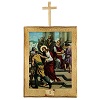
By purchasing these products, you contribute to the maintenance of the Custody of the Holy Land, whose friars strongly wanted and promoted this project. On the occasion of last Easter, to meet the needs of the many faithful blocked by the pandemic and unable to travel to Jerusalem, Father Francesco Patton and his confreres have transmitted a series of videos made along the Via Dolorosa, accompanied by readings from the Gospel and moments of prayer and meditation.

